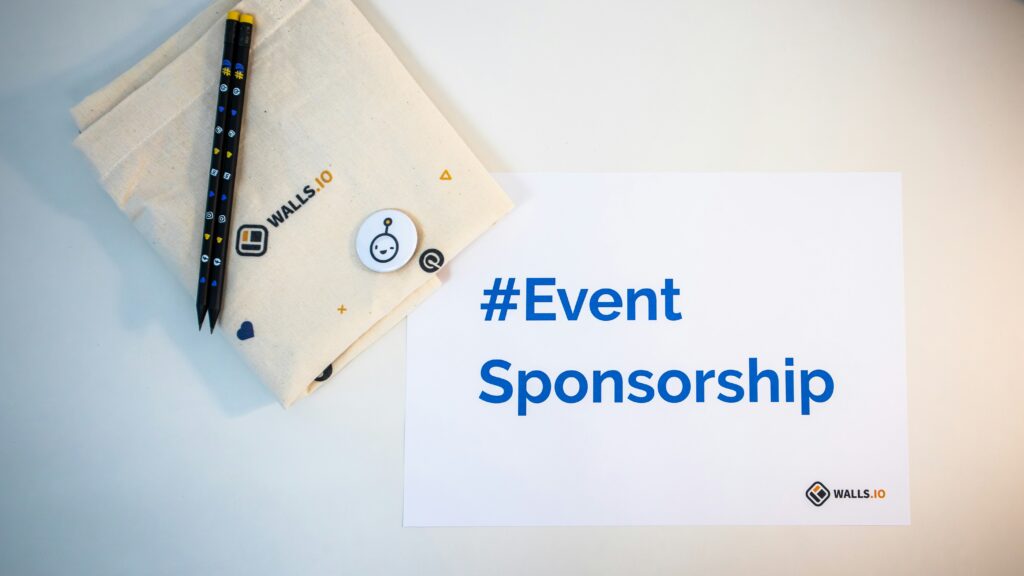Intro: Follow the Money
Esports didn’t just show up—it built up. What started as scattered LAN parties in basements and college gyms has become a global spectacle pulling in billions. Titles like League of Legends and Counter-Strike helped create the blueprint, but it’s not just the games that powered the surge. It’s money. More specifically, sponsorship money.
Brands saw the numbers—millions of loyal fans, streaming hours through the roof, and a young, global audience not watching broadcast TV. Suddenly, logos appeared on jerseys, teams signed content deals, and prize pools ballooned. Sponsorships became the engine. They allowed modest events to scale into international productions. They turned teams into organizations and players into professionals.
Today, you’ve got sold-out venues, streaming deals rivaling traditional media, and viewers across continents. None of this exists without brands backing the show. Sponsorships took esports from the fringes to the mainstream—and the industry hasn’t looked back.
Sponsorships: The Backbone of Esports Financing
Esports didn’t hit global stadiums and billion-dollar valuations by accident. Someone had to fund the rise—and it wasn’t ticket sales. Sponsorships have become the main artery pumping money into the ecosystem. Tech giants like Intel, NVIDIA, and AMD jumped in early, backing tournaments and teams with hardware, cash, and credibility. Then came the energy drinks—Red Bull, Monster, G Fuel—all hungry for screen time and street clout. Apparel brands followed next, from mainstream labels to niche gaming merch.
Compared to traditional revenue streams like prize pools or gate receipts, sponsorships are more consistent, more scalable, and—for teams—more critical to survival. Prize pools fluctuate. Ticket sales cap out. Sponsorships create year-round runway.
The proof is in the deals. Think of Louis Vuitton’s crossover with League of Legends, a fashion house tying itself to a video game world final. Or BMW partnering with five major teams and launching ad campaigns that look nothing like traditional car marketing. These aren’t side hustles. They’re centerpieces.
The message is clear: sponsors aren’t side players—they’re co-architects of the modern esports scene.
What Sponsors Want
Sponsorships in esports aren’t just about slapping logos on jerseys—they’re about reaching the right people in the right way. Advertisers are drawn to esports because of its unmatched visibility across digital platforms, especially among younger, tech-savvy demographics that traditional media struggles to reach. These are viewers who don’t just watch—they engage, comment, meme, and buy.
What makes this audience even more attractive? Loyalty. Esports fans tend to stick with their favorite teams, players, and content creators. That translates to trust and long-term brand recognition for sponsors who align well.
But here’s the key shift: raw viewer numbers aren’t enough anymore. Brands want proof of impact, and they’re digging deeper into data. Metrics like average watch time, cross-platform engagement, and sentiment analysis are now in play. Esports organizations are learning to speak this language. They have to—because brands want results, not just impressions.
In 2024, engagement tells the better story. Sponsors want scenes where fans aren’t just watching—they’re part of the action. This is what wins deals.
The Win-Win Dynamic
Sponsorships aren’t just about slapping a logo on a jersey—they’re the fuel that powers the engine. With reliable sponsor funding, esports orgs can upgrade everything: better production setups, more polished broadcasts, and venue upgrades that make online battles feel like main-stage events. When money flows in, creativity and quality go up.
But it’s not just visuals. Players benefit too. Stable salaries, travel budgets, nutritionists, and even mental health coaches—none of that happens without steady financial backing. The days of bootstrapping on folding chairs are mostly over, thanks to sponsors who understand that winning teams need real support.
And when leagues can plan long-term, everything levels up. Reliable sponsorship means organizations can build consistent schedules, develop talent pipelines, and offer fans a better product. That creates ripples: more media coverage, more content creators spinning off, more camerapeople, editors, analysts—real jobs.
At the heart of it, sponsorships allow esports to grow with structure, not just hype. That’s how a stream becomes a studio, and a game becomes a global event.
Risks & Growing Pains
As esports grows, so does the tension between making money and keeping it real. Fans tuned in for the raw energy and unfiltered personalities—but with big sponsorships come bigger filters. Slapping logos on everything from jerseys to livestream overlays might cover costs, but it also risks watering down the culture that made esports what it is. Over-commercialization isn’t hypothetical—it’s already triggered backlash in a few high-profile events where brand overload rubbed loyal viewers the wrong way.
Brand controversies don’t help either. When a sponsor with a shaky reputation enters the scene, the community notices. If players aren’t aligned with a sponsor’s values—or worse, are forced to endorse something they don’t believe in—it dents credibility fast. We’ve seen streamers drop sponsors and fans call out teams when partnerships feel off. Audiences crave transparency, and when that disappears, so does loyalty.
Balancing it all is the challenge: delivering value to sponsors without selling out the soul of the game. The smartest orgs are the ones that collaborate with partners, not just sign checks. They protect player voice, respect community culture, and choose authenticity over short-term gain. That approach doesn’t just survive friction—it builds long-term trust.
Looking Ahead
Esports sponsorships aren’t just about energy drinks and graphics cards anymore. The landscape is expanding fast. Financial services—think crypto wallets, fintech startups, and neo-banks—are investing in esports to reach younger, tech-savvy audiences. Lifestyle brands are sliding in too, pushing everything from wellness gear to everyday fashion alongside top-tier players. It’s no longer niche; it’s culture.
But the biggest shift is happening in the metaverse. Platforms like Decentraland and Sandbox are becoming more than virtual worlds—they’re turning into marketing playgrounds for teams and sponsors. Branded skins, virtual stadiums, and sponsored in-game events are giving fans new ways to engage.
Esports teams themselves are also leveling up. They’re building brand identities that go beyond gameplay—launching apparel drops, producing behind-the-scenes content, and hosting community events. In other words, they’re becoming full-fledged media brands, not just competitive squads.
If you want to dig deeper into how the virtual world is reshaping the rules, check out How Metaverse Platforms Are Changing Esports.
Wrap-Up: Why Sponsorships Still Matter
Esports doesn’t move without money. No tournaments, no teams, no streams. Without funding, the whole machine slows down—simple as that. Sponsorships aren’t just a bonus to growth; they’re the fuel. And in a space that’s still defining itself year by year, that fuel makes the difference between a side hustle and a sustaining ecosystem.
But scaling with integrity is the real challenge. As brands pour in, there’s a fine line between turning pro and turning corporate. Esports fans are sharp. They’ll smell it when things start feeling forced. Teams and orgs have to stay plugged into the culture while still playing the business game. That means choosing sponsors that speak the language, not just cut the checks.
The good news? Done right, sponsorships don’t dilute the scene—they amplify it. Smarter deals mean better streams, more consistent salaries, bigger stages, and more eyes on the screen. Growth doesn’t just mean more—it means better. And that’s the direction the smartest orgs are already heading.


 Founder & Editor-in-Chief
Founder & Editor-in-Chief
